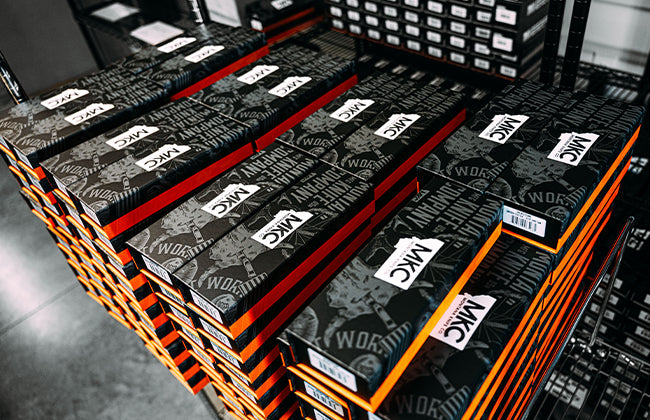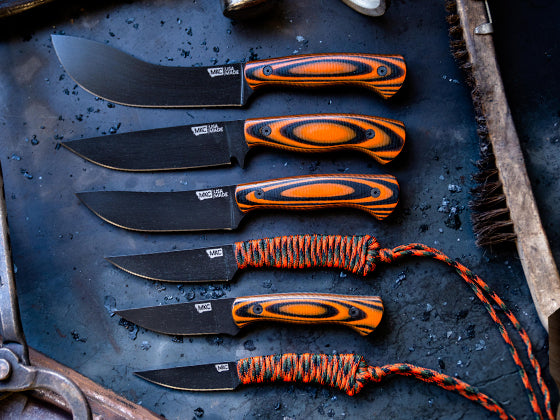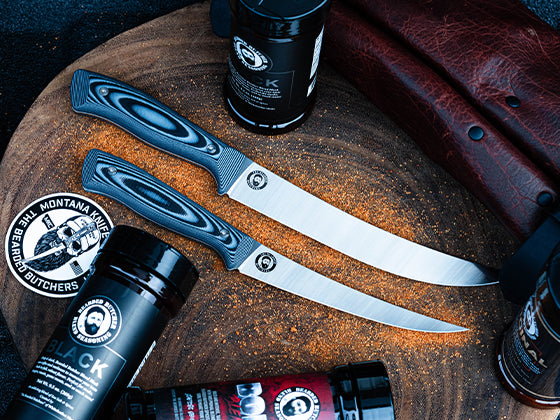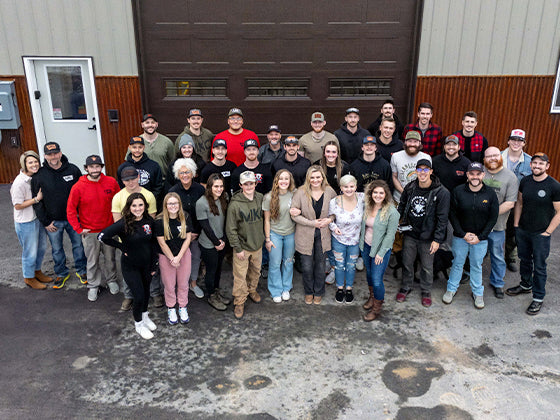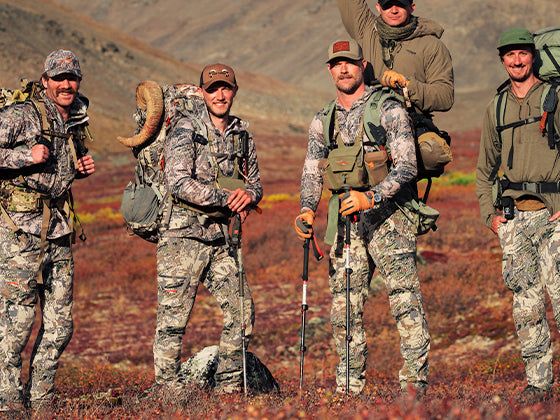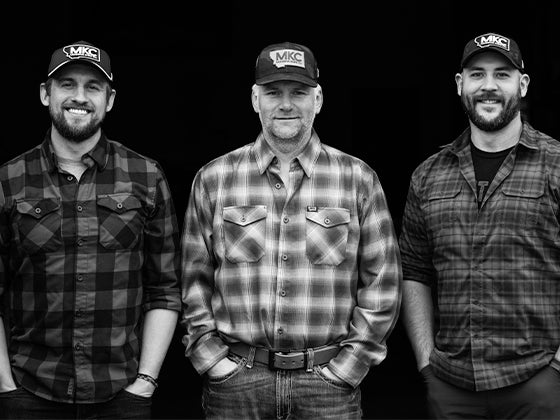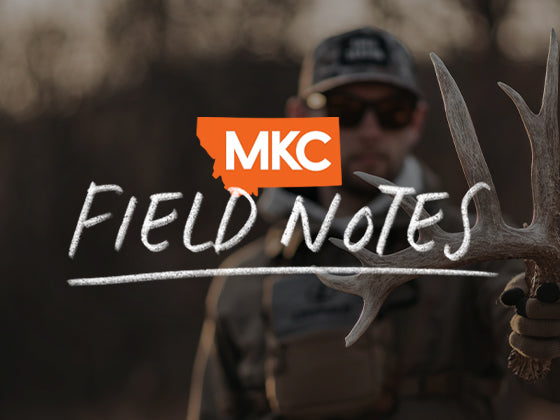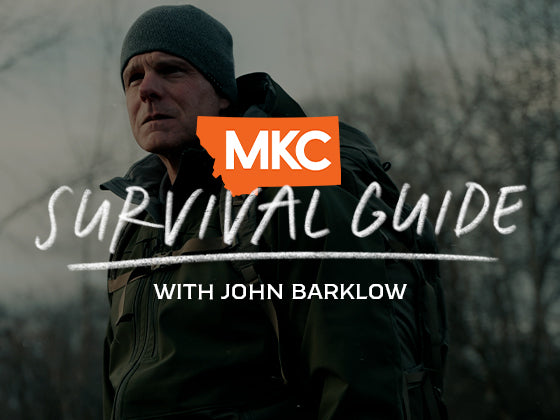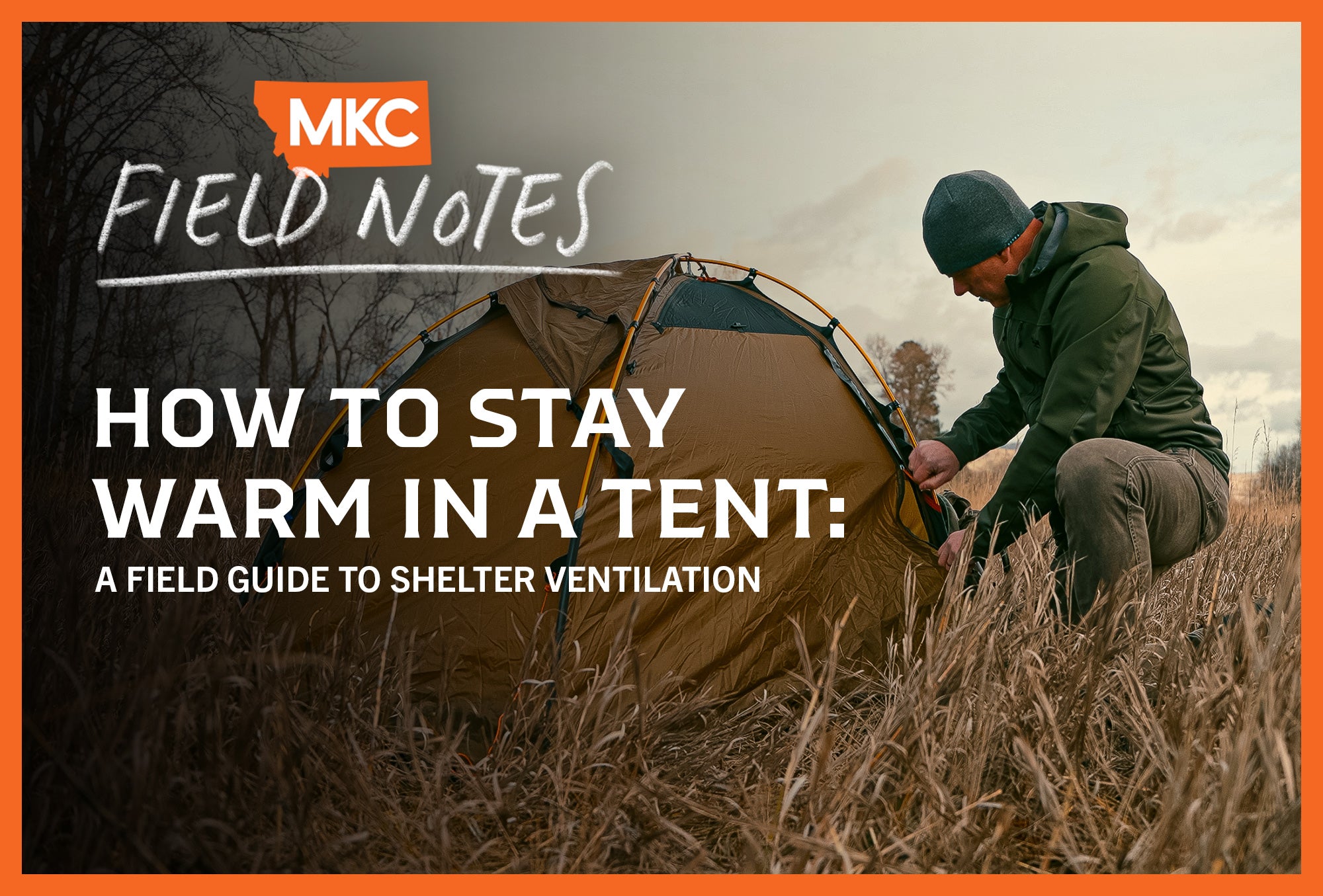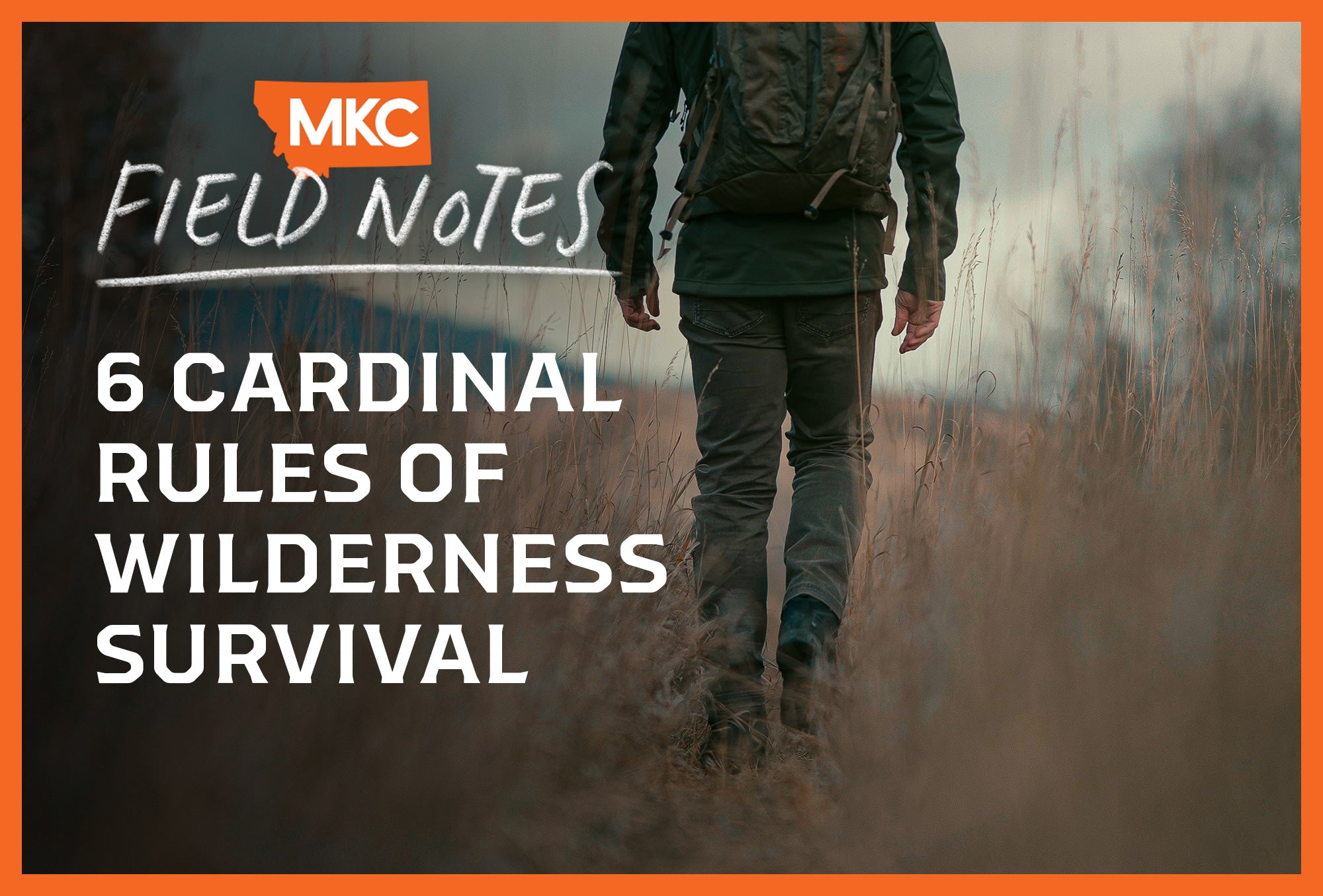At the treeline, when temperatures plummet and winds whip across exposed ridges, jacket layering choices become a matter of survival. The puffy jacket, often mistaken for just another fashion trend, is a fundamental piece of survival gear in the backcountry.
Beyond Basic Warmth: A Critical Survival Tool
Many outdoor enthusiasts pack a puffy jacket, thinking only of camp comfort. But this mindset overlooks its actual value.
A puffy coat is a strategic piece of your jacket layering system. During rest breaks in cold conditions, putting on your puffy jacket captures body heat and starts an important process.
Your sweat-dampened base layers, pressed against your skin, begin to dry as your body heat circulates within the jacket’s insulation. A proper 10–15 minute break with smart jacket layering can reset your comfort system.
When you remove the puffy coat to continue moving, those base layers have dried, setting you up for safe, comfortable forward progress.
Strategic Placement in Your Kit
Treating your puffy jacket as survival gear changes how you pack and use it. When you need it, you need it fast.
For quick access, pack your coat under your top lid. Trust me — I learned this trick the hard way after too many bitterly cold hikes.
The puffy jacket performs multiple duties, from glassing game at first light to supplementing your sleeping bag at night. Adding your jacket’s insulation to your sleep system allows you to carry a lighter sleeping bag, saving precious weight and space in your pack.

Make Smart Insulation Choices: Synthetic and Down
The two main types of insulation in puffy jackets — synthetic and down — serve different roles in layering strategies.
Synthetic insulation offers forgiveness and reliability. Its performance holds steady across conditions, making it a solid foundation for your jacket layering system. It’s a default choice for wet environments like coastal Alaska or the Pacific Northwest.
Meanwhile, in dry, cold conditions — think interior Alaska or desert mountain ranges — down’s superior warmth-to-weight ratio shines. Modern treated down is water resistant but still doesn’t match synthetic’s wet-weather performance. The price tag runs higher, but the weight savings can justify the cost for specific missions.
Weight differences between insulation types mean little compared to the security of having proper insulation when you need it most.
When Survival Hangs in the Balance
Mountain conditions change fast. A clear morning can turn into an afternoon spent trapped by swollen rivers or caught in vertical terrain.
These scenarios separate proper jacket layering from aesthetic appeal. With a puffy coat, you gain options. You may hunker down under a rock overhang or tree to wait out bad conditions instead of pushing through risky terrain.
Many outdoor accidents start with cold exposure. People get scared when shivers set in, leading to poor decisions. A puffy jacket buys you time and keeps your mind clear. It lets you stay put when movement would risk injury, transforming into your portable shelter when plans go sideways.
Read Weather and Terrain
Smart jacket layering starts with reading your environment.
Morning frost signals the day’s cold spots, and wind-scoured ridges tell you where to expect temperature drops. These natural signs guide your jacket layering decisions before problems arise.
Your puffy jacket works best in static situations. It’s not meant for stalking game or taking that perfect rifle shot. The fabric makes noise, and the bulk may interfere with bow string clearance. But these limitations matter little when you’re scanning distant slopes or waiting out a storm under your emergency tarp.
Build a Complete System
Proper jacket layering builds on itself. Your base layers manage sweat, and mid-layers add warmth. But the puffy jacket caps this system, ready to lock in heat when you stop moving.
This systematic approach to jacket layering creates redundancy — if one piece fails, other layers back it up.
Carrying a puffy jacket may have a weight penalty, but its versatility is worth it. Beyond its insulation role, it can be an emergency pillow, padding for an improvised splint, or extra insulation under a survival shelter. Each use case strengthens its place in your survival kit.
Field-Tested Practices
Experience teaches what marketing can’t. In wet conditions, your jacket layering strategy might involve wearing it under a shell, creating a vapor barrier that manages moisture differently than traditional layering. You might wear it over other gear in cold, dry conditions, maximizing its insulation.
The knowledge of proper jacket layering weighs nothing, but its absence weighs heavy on those caught unprepared.
Pack your puffy jacket with purpose, understanding it’s not just another piece of gear. It protects against unforeseen events that may occur during any outdoor adventure.
Final Thoughts on Smart Jacket Layering
Mountain veterans know survival often comes down to small decisions made well before crisis points.
One of the most important decisions is whether to have a puffy jacket in your kit and how to incorporate it into your jacket layering system. When properly chosen and worn, this gear transforms an emergency into just another night in the mountains.

by John Barklow, Special Operations Survival Instructor and a valued partner of MKC























